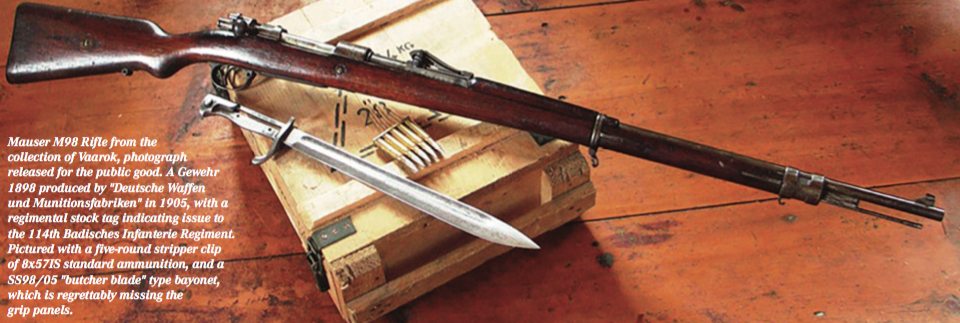over the Spencer was that there was nothing that had to detach from the rifle to load it, and no part that could be lost to render it into a single-shot.
The reasons why the Henry succeeded and the Spencer didn’t could be argued, but today the Henry’s overall superiority is obvious, and once Nelson King brainstormed the side loading port and entirely enclosed magazine for Winchester in the 1866 Winchester (AKA Improved Henry) model, the levergun was off and running.
While the sun was setting on paper cartridges and percussion caps with all of their weaknesses, and rising on the development of self-contained metallic cartridges with all of their benefits, dependable repeaters to use that new ammunition technology were quickly demanding attention among those who immediately got the basic mathematical equation of More Rounds On Board = More Shooting Time/Less Loading Time + Increased Save-My-Life Odds, both on the battlefield and on their own during the violent expansion of an often hostile Westward Ho exploration and settlement. In uniform, one man with a Henry repeater could put out the same volume of aimed fire in one minute that an entire infantry squad could with 1863 Springfield rifles. A hunter, prospector, homesteader, peace officer, or cattle rancher had infinitely better chances of bringing home the bacon, fending off marauders of all sorts, and backing down belligerent owlhoots, with a long gun that held one up the spout ready to go, backed by up to 15 more right in line and ready for action.
America’s Rifle
While our country was only a hundred years old, and still expanding, gun ownership across the pond in Europe was largely restricted to either military or gentry. Military use was… military use. Ownership outside the military was more a matter of wealthy land owners hunting on long-owned

H001 Henry Lever Action .22 S/L/LR
private lands, in settled circumstances and established (known) areas. Self-defense was not a priority, and the idea of regular everyday people hunting with firearms for either sport or subsistence took a while to develop.
Here, from 1850 to 1900, times and places west of the Ol’ Mississippi were still unsettled, lands were wide open, new territory needed exploring, law enforcement was not a 911 call away, and those who lived or ventured far from the dusty streets of civilization depended on themselves and reliable tools for their daily existence.
The lever-action evolved steadily during the last half of the 19th Century from the relatively anemic .44 Henry Rimfire into more powerful centerfire rounds like the .44-40 Winchester, and on through the immensely popular Model 1894 .30-30 Winchester into the mighty Model 1895








